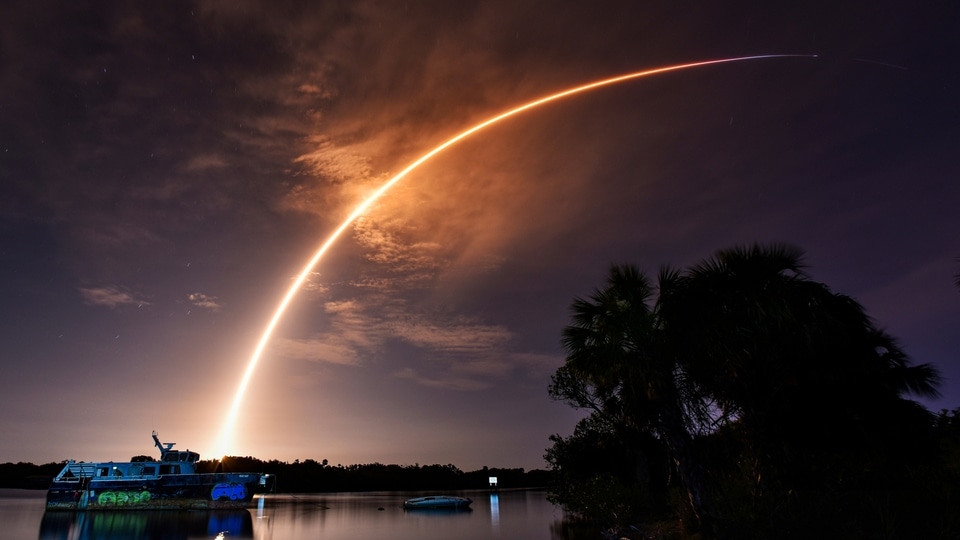Shocking space! SpaceX Starlink satellites face huge threat up in the sky
Shocking data has revealed that the SpaceX Starlink satellites were forced to dodge objects as many as 25000 times in six months, highlighting the big problem of crowded lower orbits of Earth.

The low Earth orbit is becoming a dangerous playing field. At present, there are 4,411 SpaceX Starlink satellites that roam there and CEO Elon Musk plans to launch many more of them in the near future. As a result, these lower orbits are beginning to get very crowded. A new report has found that Starlink satellites had to make more than 25,000 collision-avoidance maneuvers in just a six-month period to avoid hitting another object in space. That is around 137 maneuvers a day, on average.
As per a report filed by SpaceX with the U.S. Federal Communications Commission (FCC), it was revealed that between the period of December 1, 2022 and May 31, 2023, over 25,000 moves were performed by Starlink satellites to avoid potentially dangerous approaches to another spacecraft, defunct satellites and other space debris.
The report also mentioned that the number has doubled since the previous six-month period between June to November 2022. In total, these satellites have maneuvered more than 50,000 times since the launch of the first batch of Starlink constellations in 2019.
Lower orbits get dangerously crowded
A part of the reason behind these close encounters with other objects is the presence of space debris. Space debris comprises human-generated objects, such as pieces of spacecraft, tiny flecks of paint from a spacecraft, parts of rockets, satellites that are no longer working, or explosions of objects in orbit flying around in space at high speeds. And in case, you wonder why such small pieces of junk are worrying? The reason is that in space, both the debris and spacecraft are traveling at an extremely high speed of 56,520 kmph. At such speed, even small particles can cause massive destruction.
NASA currently monitors as many as 27,000 pieces of orbital debris. In 2021, it highlighted the problem in a blog post and stated, “Even tiny paint flecks can damage a spacecraft when traveling at these velocities. A number of space shuttle windows were replaced because of damage caused by material that was analyzed and shown to be paint flecks. In fact, millimeter-sized orbital debris represents the highest mission-ending risk to most robotic spacecraft operating in low Earth orbit”.
But that's only half the problem. The growing number of satellites, specifically the SpaceX Starlink satellites, is also posing a major threat to future space missions.
CEO Elon Musk had said that he aims to send 12,000 Starlink satellites into space. We are only one-third of the way in. And SpaceX continues to launch more regularly in batches of 800. More concerningly, Musk has already received partial permission from the FCC to launch 30,000 more satellites as part of the second-generation Starlink constellation.
And the problem of such a high density of satellites is beginning to show. In 2019, the European Space Agency (ESA) was forced to move its Aeolus Earth observation satellite to avoid crashing into an incoming Starlink. Similarly, in 2021, China has to swerve its space station on two occasions to avoid hitting a Starlink satellite. China also filed a complaint with the UN regarding this.
If the trend continues, not only existing satellites and spacecraft in the low Earth orbits will have to deal with massively high maneuvers and a convoluted trajectory, but future missions will also struggle to find a clear path to outer space.
Catch all the Latest Tech News, Mobile News, Laptop News, Gaming news, Wearables News , How To News, also keep up with us on Whatsapp channel,Twitter, Facebook, Google News, and Instagram. For our latest videos, subscribe to our YouTube channel.


























